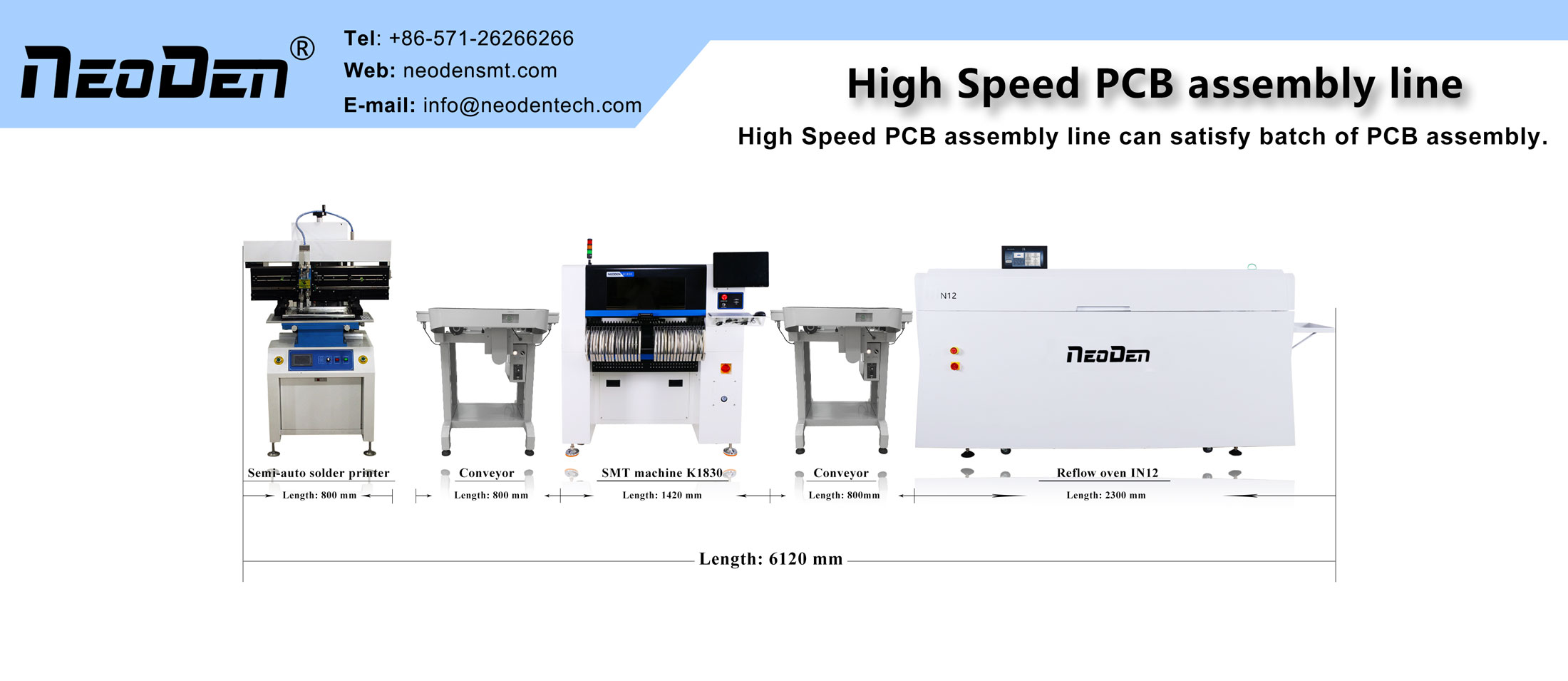Chip inductors, also known as power inductors, are one of the most commonly used components in electronic products, featuring miniaturization, high quality, high energy storage and low resistance. It is often purchased in PCBA factories. When selecting a chip inductor, the performance parameters (such as inductance, rated current, quality factor, etc.) and form factor should be considered.
I. The chip inductor performance parameters
1. The inductance of the smooth characteristics: inductor due to environmental temperature changes 1 ℃ formed by the inductance of the revision of △ L / △ t and the original inductance L value compared to the value of the inductor temperature system a1, a1 = △ L / L△ t. In addition to the inductor temperature coefficient to determine his stability, but also be sure to pay attention to the inductance of mechanical vibration and ageing caused by the change.
2. Resistance to voltage strength and humidity prevention performance: For inductive devices with resistance to voltage strength needs to choose to use the package material to resist the harshness of high voltage, usually the more ideal voltage resistance inductive devices, moisture prevention performance is also better.
3. Inductance and the permitted deviation: inductance refers to the nominal data of inductance detected by the frequency required by the product technology standard. The unit of inductance is Henry, millihen, microhen, nanohen, deviation is divided into: F level (± 1%); G level (± 2%); H level (± 3%); J level (± 5%); K level (± 10%); L level (± 15%); M level (± 20%); P level (± 25%); N level (± 30%); the most used is J, K, M level.
4. Detection frequency: the accurate detection of the amount of inductor L, Q, DCR values, must first add alternating current to the inductor being tested according to the provisions, the closer the frequency of the current to the actual operating frequency of this inductor, the more ideal. If the inductor value unit is as small as the nahum level, the frequency of the equipment to be measured needs to be checked to reach 3G.
5. DC resistance: In addition to power inductor equipment does not test DC resistance, some other inductor equipment according to the need to specify the maximum DC resistance, usually the smaller the more desirable.
6. great working current: usually take 1.25 to 1.5 times the rated current of the inductor as the maximum working current, generally must be derated by 50% to use to be more safe and reliable.
II. The chip inductor form factor
Select inductors for portable power applications, the three most important points to consider are: size size, size size, the third or size size.
The circuit board area of cell phones is very tight and precious, especially so as various features such as MP3 players, TV and video are added to the phone. The increased functionality will also increase the current consumption of the battery. As a result, modules that have previously been powered by linear regulators or connected directly to the battery need more efficient solutions. The first step toward a more efficient solution is the use of a magnetic buck converter. As the name implies, an inductor is required at this point.
The main specifications of an inductor, besides size, are inductance value at switching frequency, DC impedance (DCR) of the coil, rated saturation current, rated rms current, AC impedance (ESR), and Q-factor. Depending on the application, the choice of inductor type – shielded or unshielded – is also important.
Chip inductors look much the same in appearance, and it is not possible to see the quality. In fact, you can measure the inductance of chip inductors with a multimeter, and the general inductance of poor quality chip inductors will not meet the requirements, and the error will be larger.
Post time: Dec-10-2021

